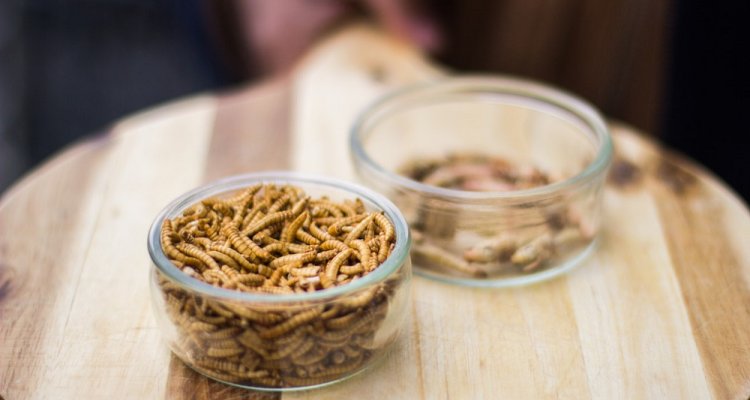
Project
Borgen van de veiligheid van insecten
Insects are seen as an alternative protein source for human food and animal feed. Since they can convert waste streams they also fit within the circular economy. This project will focus on investigating safety aspects related to the use of insects for food and feed.
Backround
Insects are increasingly seen as an alternative protein source for human food and animal feed. Before insects can be marketed on a larger scale in the European Union (EU) however, safety aspects need to be investigated, and possible food safety risks need to be controlled. In order to make large scale insect rearing commercially interesting, the use of residual materials as insect feed is essential. More importantly, the use of these materials would also mean a major step towards closing the protein cycle, in the context of promoting a circular economy. The proposed project is in part a continuation of the PPS project AF15220 Borgen van de veiligheid van insecten, which will end in 2019. The research lines set up in that project will be advanced in the proposed project, and extended to the circular economy approach.
Approach
The general research approach of this proposed project is largely by way of performing transfer studies for food safety hazards. Selected insect species will be reared on (artificially and/or naturally) contaminated materials, in order to assess the potential for accumulation, transfer, or conversion of investigated contaminants. Both the food and feed safety of insects reared on these materials will be investigated.
The duration of the proposed project is four years. At the start of every year, the consortium will determine which combination of insect species, feed materials (organic waste materials) and potential associated food safety hazards will be investigated during that year. The consortium consists of four private companies and Wageningen Food Safety Research (WFSR), which will act as the primary research institute. Scientific output will consist of one manuscript to be submitted to an open access peer-reviewed journal and at least one presentation at an international scientific conference each year. Additional dissemination strategies will be employed to inform e.g. policy-makers and the general public of the projects findings.
Publicaties
-
Effects of pesticide residues on insects reared for food and feed
-
Regulations on insects as food and feed: a global comparison
Journal of Insects as Food and Feed (2021), Volume: 7, Issue: 5 - ISSN 2352-4588 - p. 849-856. -
Effects of insecticide residues in feed on reared insects
-
PhD theses in a nutshell
-
Effects of dietary exposure to insecticide residues on Hermetia illucens and Alphitobius diaperinus reared for food and feed
Wageningen University. Promotor(en): J.J.A. van Loon, H.J. van der Fels-Klerx - Wageningen: Wageningen University - ISBN: 9789464477887 -
Lethal and sublethal effects of chronic exposure to insecticide residues on reared Alphitobius diaperinus
Journal of Insects as Food and Feed (2023), Volume: 10, Issue: 6 - ISSN 2352-4588 - p. 991-1003. -
Effects of pyrethroid and organophosphate insecticides on reared black soldier fly larvae (Hermetia illucens)
Insect Science (2024), Volume: 31, Issue: 3 - ISSN 1672-9609 - p. 817-834.